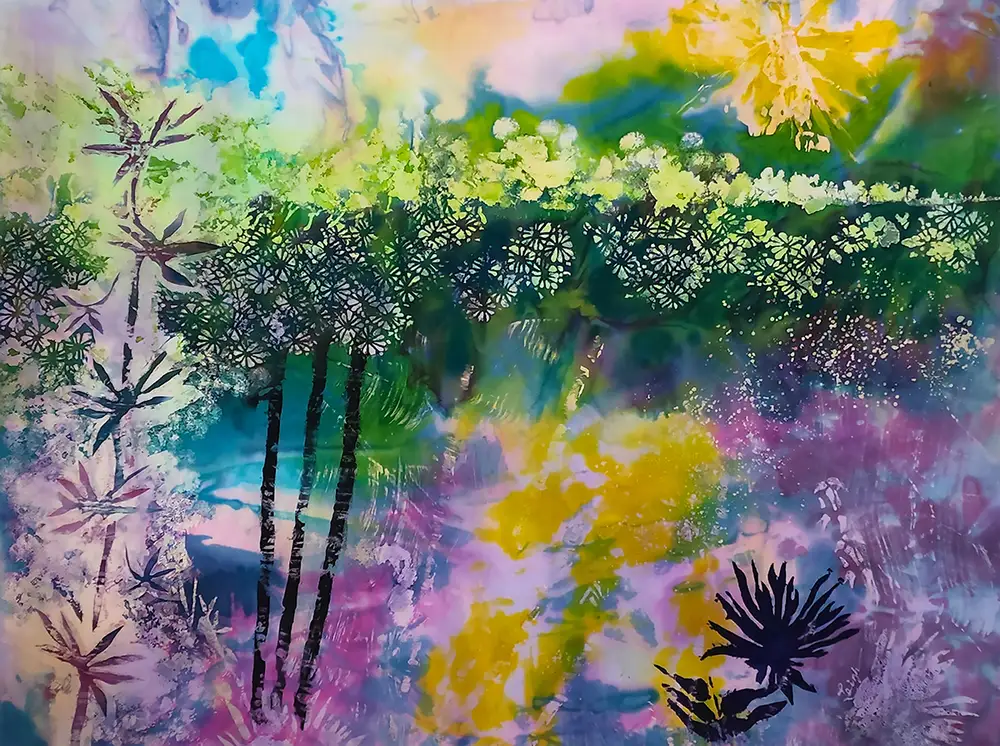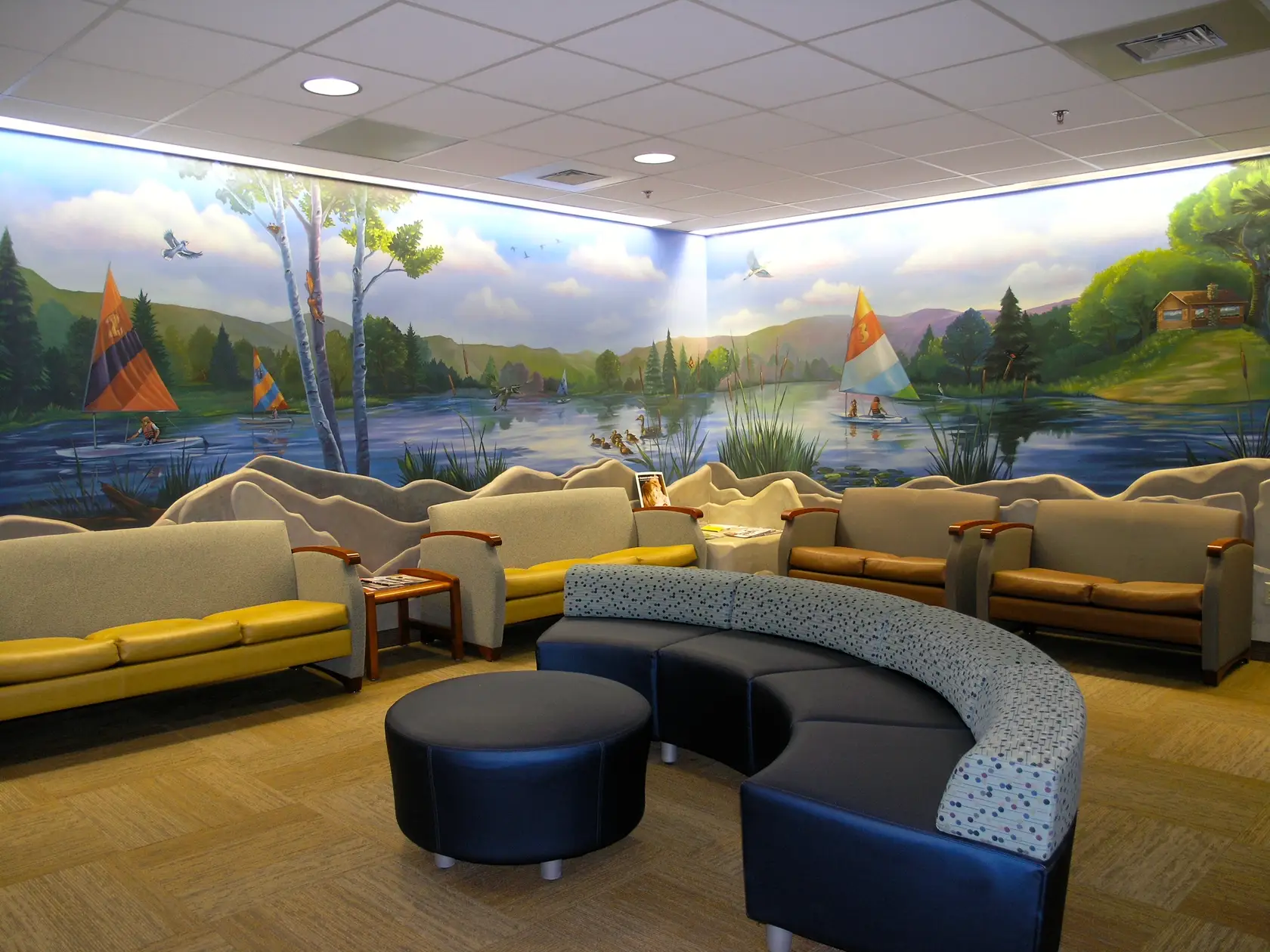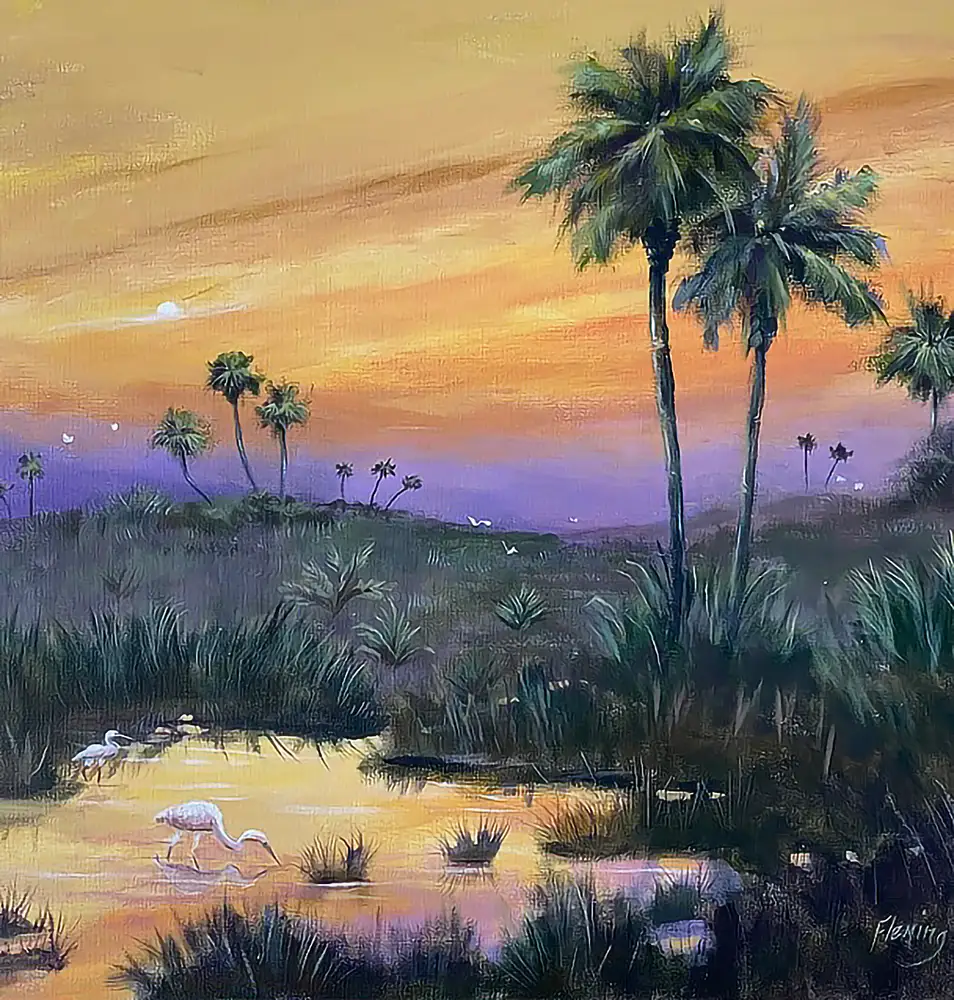Cultivating Creativity
BY PATRICE SCHELKUN
Though we may now live in the tropics where flowers and greenery abound throughout the year, those of us who came from a northern home traditionally view spring as the time for planting. It’s the time to finally get outside, to experience budding life around us.
But did you know that spending time outdoors is an invaluable resource for sparking creativity?
Researchers have been taking a serious look at how spending time in nature affects the human brain, psyche, and spirit. Everything about it suggests that we need to take advantage of quiet time outside more often than we do. And if you’re an artist or an aspiring one, this can be an essential tool.
The American Psychological Association says that research is advancing our understanding of how time in nature can improve our mental health and sharpen our cognition. One university study of twenty-six adults who spent at least fifteen minutes a day in outdoor reflection found that immersion in nature impacts the human spirit most significantly by providing a sense of connection, vibrancy, and awe. This sense of awe—or the feeling that the world around you is so much bigger than you can comprehend— can lead to “expansive thinking,” allowing us to consider new perspectives and innovative ideas.
Scientists sometimes refer to the state of mind you experience when you watch flowing water or view the sky through a canopy of trees as “soft fascination.” They theorize this has a measurable calming effect on an area of the brain called the prefrontal cortex, which is thought to be a gatekeeper of sorts in coordinating communication with other areas of the brain and plays a role in planning, long term thinking, and storage of memories. This calming effect seems to allow the brain to access other active regions, leading to new insights and ideas.

TOP LEFT: Tara Funk “Towards Shore” TOP RIGHT: Barbara Groenteman, “We Can’t All be Stars” BOTTOM LEFT: Rachelle Meagher BOTTOM RIGHT: Deborah Martin
Many artists will tell you that the most critical skill they’ve acquired in producing great art is the ability to see. If you’re looking at nature, really look—and take your time doing it. Observe the incredible range of colors that exist everywhere. Notice the variety of textures, the way the wind moves through the trees and grasses, the patterns of water, or reflections in its complete stillness in the early morning. Take time to observe even the tiniest creatures as they go about their work of weaving webs, building nests, or seeking out a meal. Look at the range of colors in the skin tones of a person’s face in sunlight versus shadow.
One of the reasons so many people love paintings by the Impressionists of the late nineteenth century is because they focused on the captivating qualities of outdoor light. For Monet, it was the colors of the garden or fields at harvest, the reflections of water lilies in a pond. For Van Gogh, it was sundrenched flowers or swirling starlight. For Sargent and Sorolla, it was the myriad of colors that can be found in a white sunlit dress or in the sparkles of waves as they break on the seashore.
Andy Warhol, a twentieth-century painter, filmmaker, and pop artist, famously immortalized what others have long observed as the five patterns of nature: spiral, meander, explosion, packing, and branching. Look thoughtfully and you can see these patterns again and again in creation. Some examples:
- Spiral—in galaxies, bacteria, and seashells
- Meander—the contours of sand dunes and brain coral
- Explosion—ice crystals and flower petals
- Packing—atomic particles and grape clusters
- Branching—lightning bolts and tree limbs
In our own community, you’ll find over eighty-five artists now populating the growing Naples Art District in North Naples (visit naplesartdistrict.org for more info). Many of them have found their artistic “voice” through the inspiration of the nature that surrounds us here. Why not follow their lead and use some of your own time outside as one of your best tools for boosting creativity?
As once said by the nineteenth-century French novelist Honoré de Balzac, famously memorialized in bronze by sculptor Auguste Rodin, “What is Art, monsieur, but Nature concentrated?”
Patrice Schelkun is a contemporary realist painter working in oils and on glass. She and her husband split their time between Naples and Lake George, New York. Her website is www.patriceschelkun.com.









